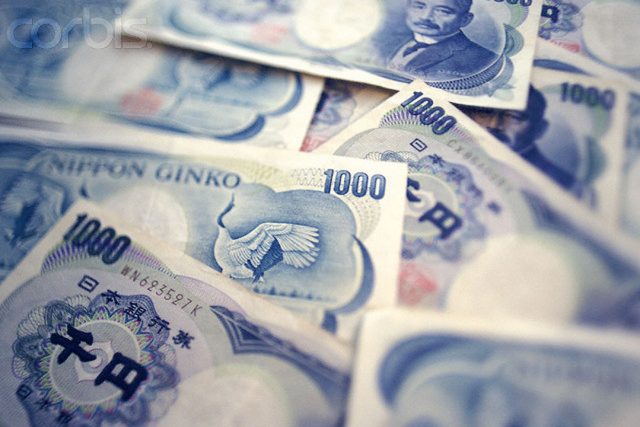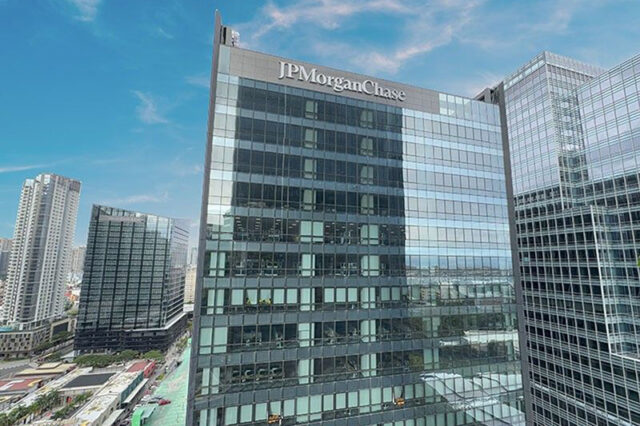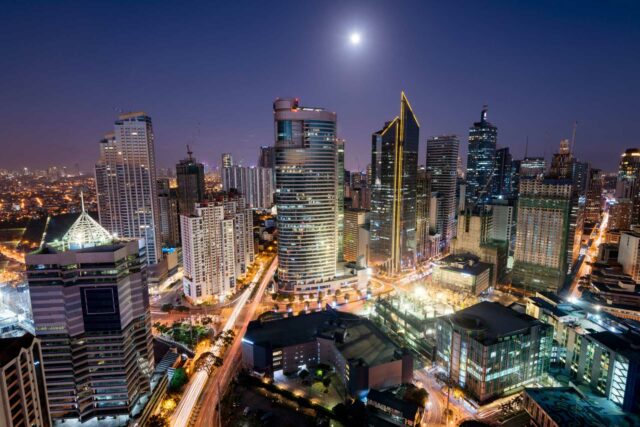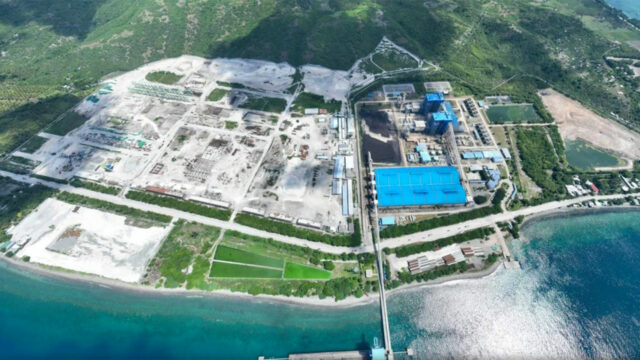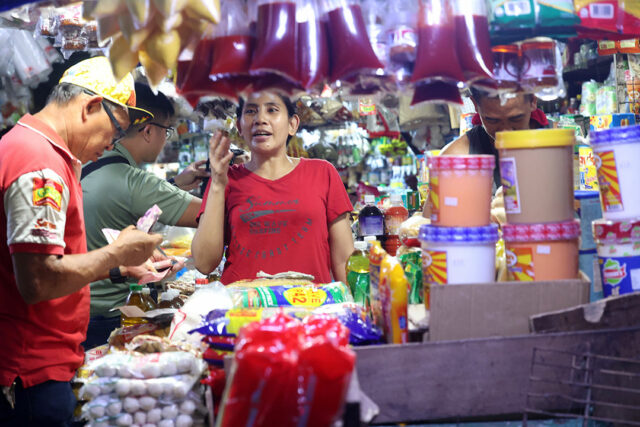With the 2025 Philippine midterm elections just three weeks away, the political landscape is no longer defined solely by traditional campaign sorties, tarpaulins, motorcades, and paid airtime. While those remain part of the mix, it is now clear that digital media — particularly social platforms, influencers, and algorithm-driven content — has become the new battleground for winning votes.
More than ever, candidates must realize that digital is no longer optional; it is central to political persuasion. The phrase “all politics is local” may still hold true, but in today’s digital age, “all voters are online” is the new reality. From TikTok to YouTube shorts, Facebook groups to WhatsApp threads, digital media now reaches the hearts and minds of Filipinos more intimately — and instantly — than any campaign rally ever could.
In a country where over 85 million people are on social media and mobile-first behaviors dominate, the 2025 elections will be decided not just in barangay halls but in Facebook timelines, comment sections, Viber groups, and the For You pages of TikTok. Voters, especially younger ones, are increasingly influenced by digital word-of-mouth, parasocial relationships with influencers, and the emotional narratives pushed by algorithms that reward controversy, virality, and sensationalism.
Historically, Philippine elections have always had a transactional element. Politicians give, and voters receive — sometimes groceries, sometimes envelopes, sometimes jobs. This is a reality born of poverty and lack of opportunity. It’s often said that “the way to a man’s heart is through his stomach,” and in campaign seasons, this sentiment has been used — often cynically — as a way to secure votes. But in 2025, that’s only half the equation. The other half lies in the power of the mind. And nothing engages and influences the mind more directly today than social media.
That is why candidates who want to win must invest not only in ground operations, but also in digital community-building, data-driven content strategies, and influencer ecosystems. Campaigns are no longer waged only through posters and speeches; they are fought and won in the comment sections, the meme wars, and the influencer endorsements that subtly — or not so subtly — shape voter perceptions.
Take, for example, how community management plays a quiet but powerful role in this new campaign model. A simple post from a local influencer endorsing a candidate, when combined with a hyperactive Facebook group or TikTok challenge, can spread faster than any paid ad. Authenticity and relatability are the currency. An endorsement from a tricycle driver with 50,000 loyal followers can now rival the impact of a big-budget ad on TV. People are more likely to trust those they feel are “like them,” which is why micro and nano influencers — those with 1,000 to 10,000 followers — are proving to be more effective than celebrity endorsements in many localities.
Even more potent is the ability of digital platforms to shape narratives through targeted messaging. With AI-powered tools now easily accessible, campaigns can micro-target voters based on interests, behavior, and emotional triggers. A candidate can now deliver one message to young professionals on LinkedIn and another to housewives on Facebook — both optimized for engagement. This kind of segmentation and narrative shaping would have been unimaginable in the broadcast era.
But herein lies the double-edged sword: the very technologies that empower democratic engagement can also be weaponized.
The rise of AI-generated deepfakes is particularly alarming. We’ve already seen, in other countries, how AI can be used to fabricate convincing videos and voice recordings that spread misinformation or engage in the character assassination of opponents. In the US, AI-generated robocalls imitating political figures have confused voters. In India, synthetic videos of candidates speaking in different languages have been used to sway regional voters. In the Philippines, where the average voter may not yet be media literate enough to discern real from fake, the potential for abuse is enormous.
It’s not hard to imagine a last-minute viral video, deepfaked and distributed in the final days before the election, tilting the outcome in a hotly contested district. By the time the truth comes out, the damage is already done. The tools to create such content are not only available, but are getting cheaper and easier to use by the day.
This raises serious questions for both the Commission on Elections and the broader ecosystem of digital platforms, civil society, and the media. How do we balance the promise of digital democratization with the need for digital responsibility? Are our election watchdogs prepared to monitor and address synthetic disinformation at scale? Should we demand more from social media companies in moderating politically sensitive content? Are political parties educating their digital teams on ethical campaign practices?
At the same time, we cannot overregulate to the point that we stifle free expression. The strength of digital campaigning lies in its openness and the way it gives voice to those who previously had no platform. The challenge, then, is not to resist digital transformation, but to approach it with wisdom, safeguards, and accountability.
For political candidates, the lesson is clear: digital is not merely an extension of your campaign; it is the campaign. Every piece of content you post, every influencer you partner with, every community you engage, can either build momentum or backfire. It’s a delicate dance between strategy and sincerity, between automation and authenticity.
For voters, especially the young, the challenge is discernment. Be critical of what you consume. Question what you share. Verify what you see. Just because a video looks real doesn’t mean it is. Just because a message feels right doesn’t mean it’s true.
The digital age has made us all participants in the election, not just as voters, but as amplifiers, storytellers, and sometimes, unwitting agents of disinformation. With great power comes great responsibility.
In the end, the 2025 elections will test more than just political popularity. They will test our nation’s digital maturity. Will we use technology to empower the electorate, or to manipulate them? Will digital media serve as a force for truth or a tool for deception?
What is certain is this: the battle for the Filipino vote is no longer being fought in the streets alone. It is being waged in timelines and threads, in captions and comments, in videos and voiceovers — many of which may not even be real.
This election season, candidates must feed the people’s stomachs, yes — but more importantly, they must win their minds. In the age of AI and algorithm-driven influence, the heart follows where the mind is led.
And in a digital Philippines, the voting minds are now online.
Dr. Donald Lim is the founding president of the Global AI Council Philippines and the Blockchain Council of the Philippines, and the founding chair of the Cybersecurity Council, whose mission is to advocate the right use of emerging technologies to propel business organizations forward. He is currently the president and COO of DITO CME Holdings Corp.


